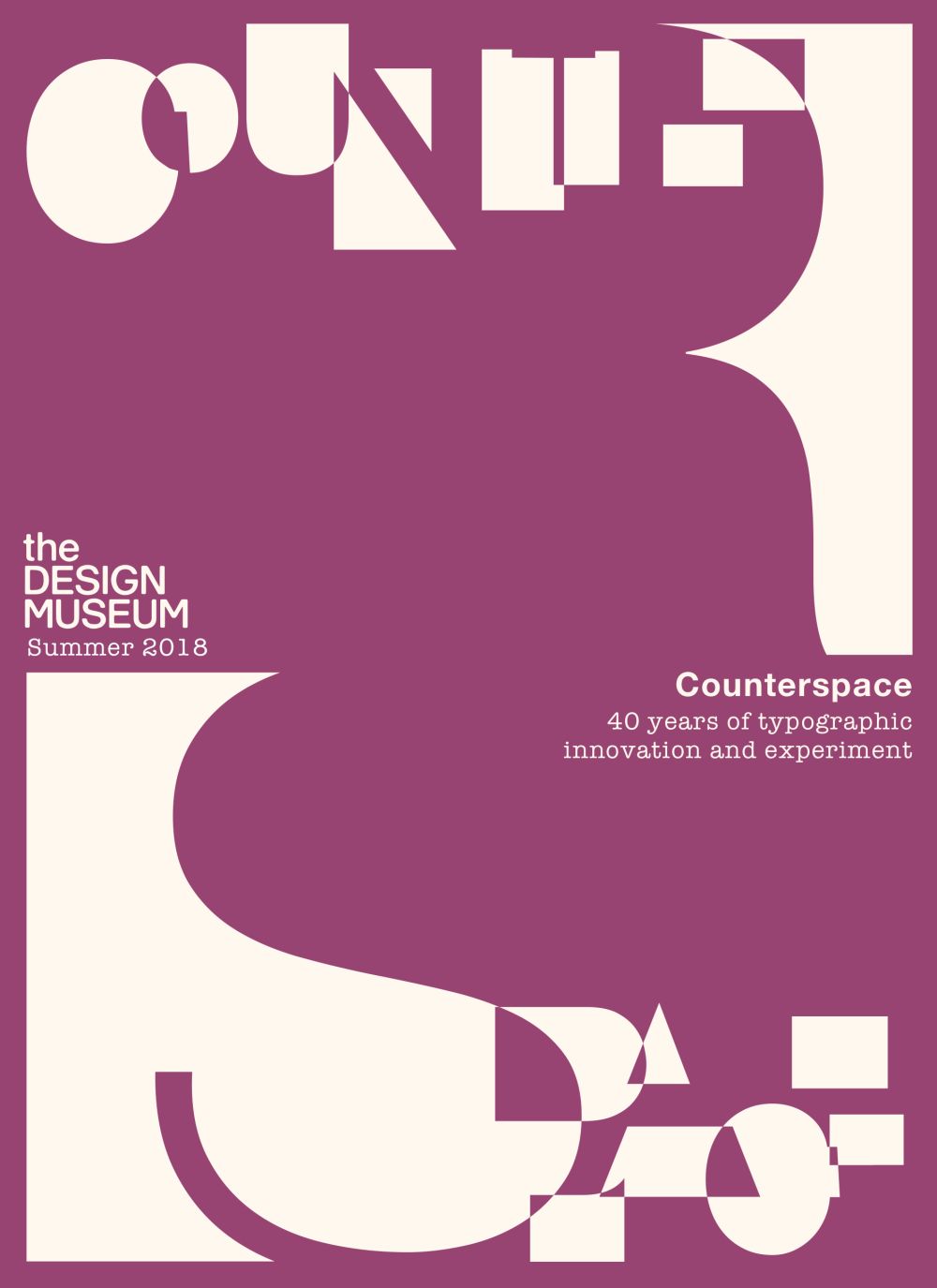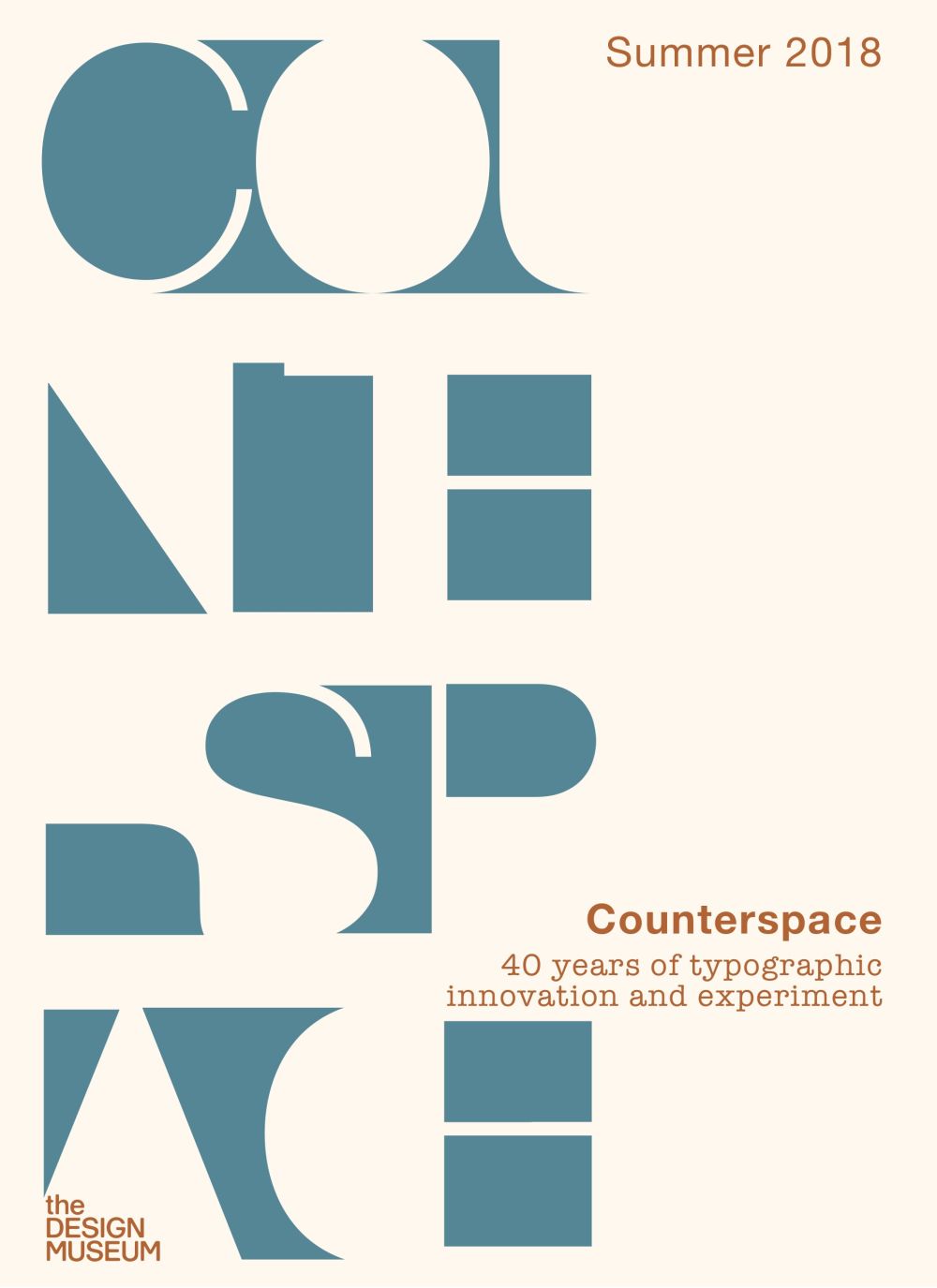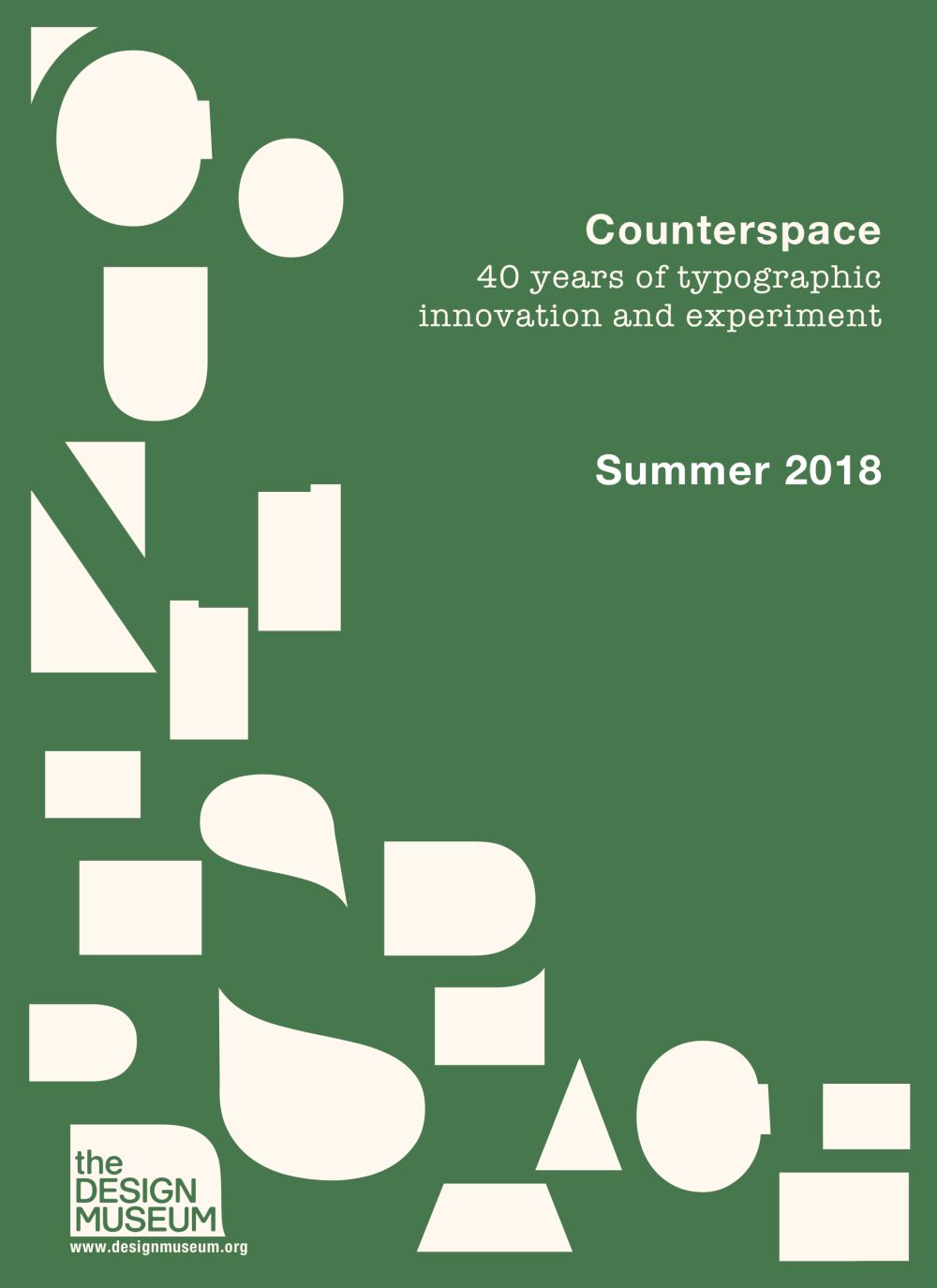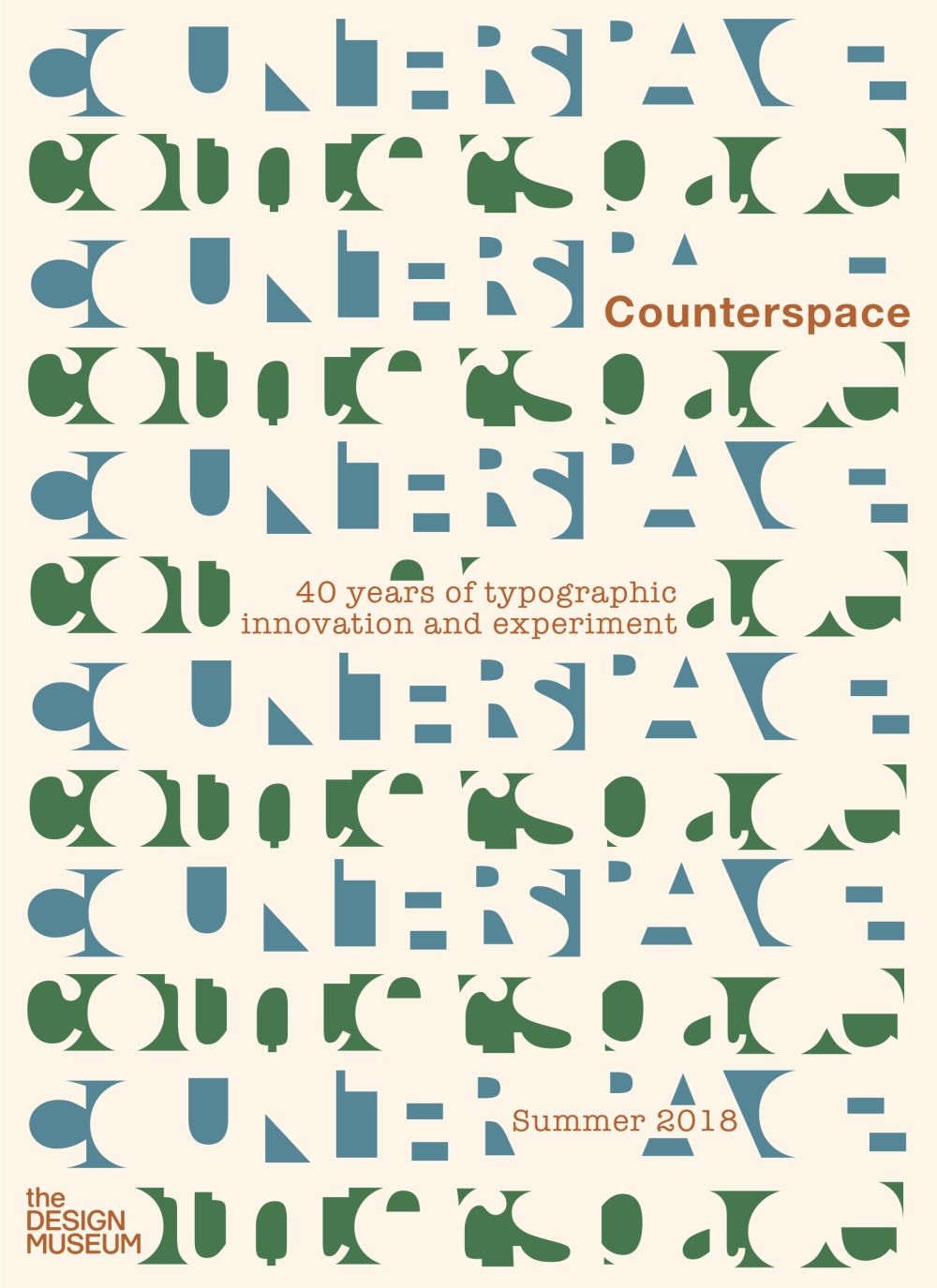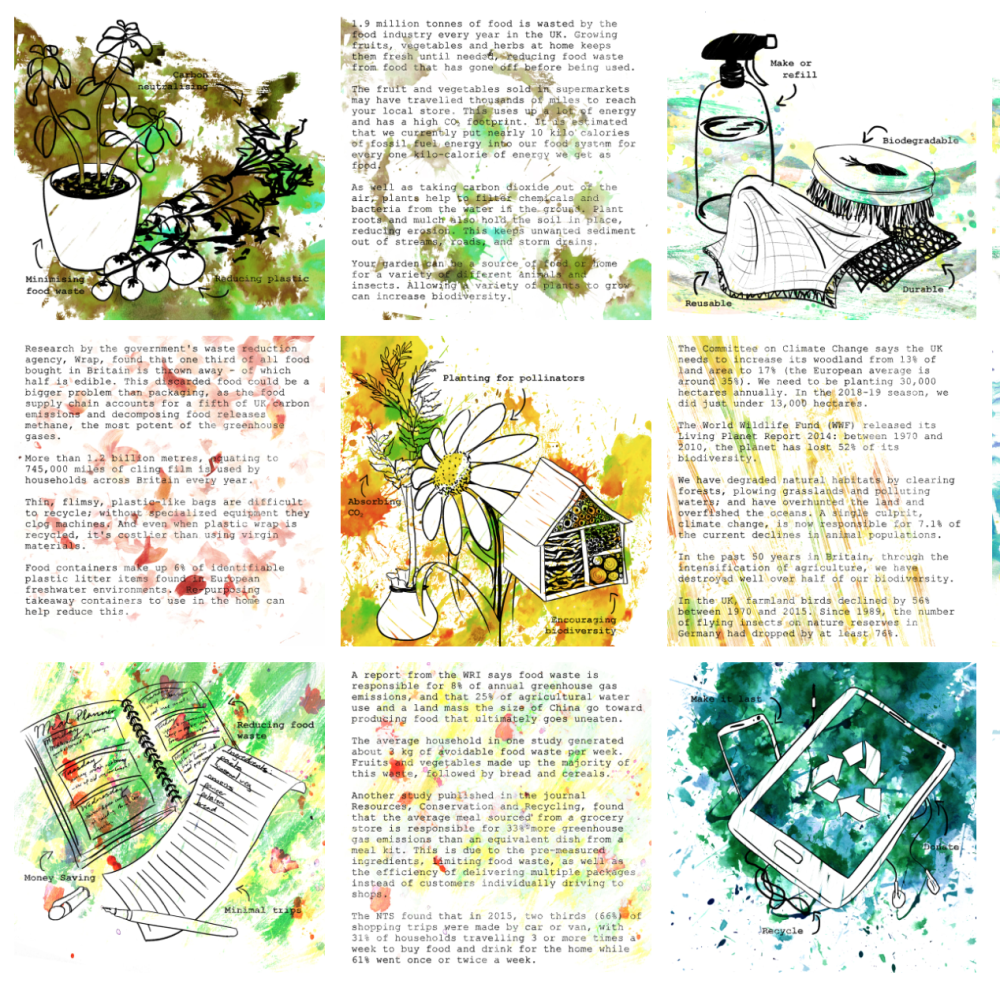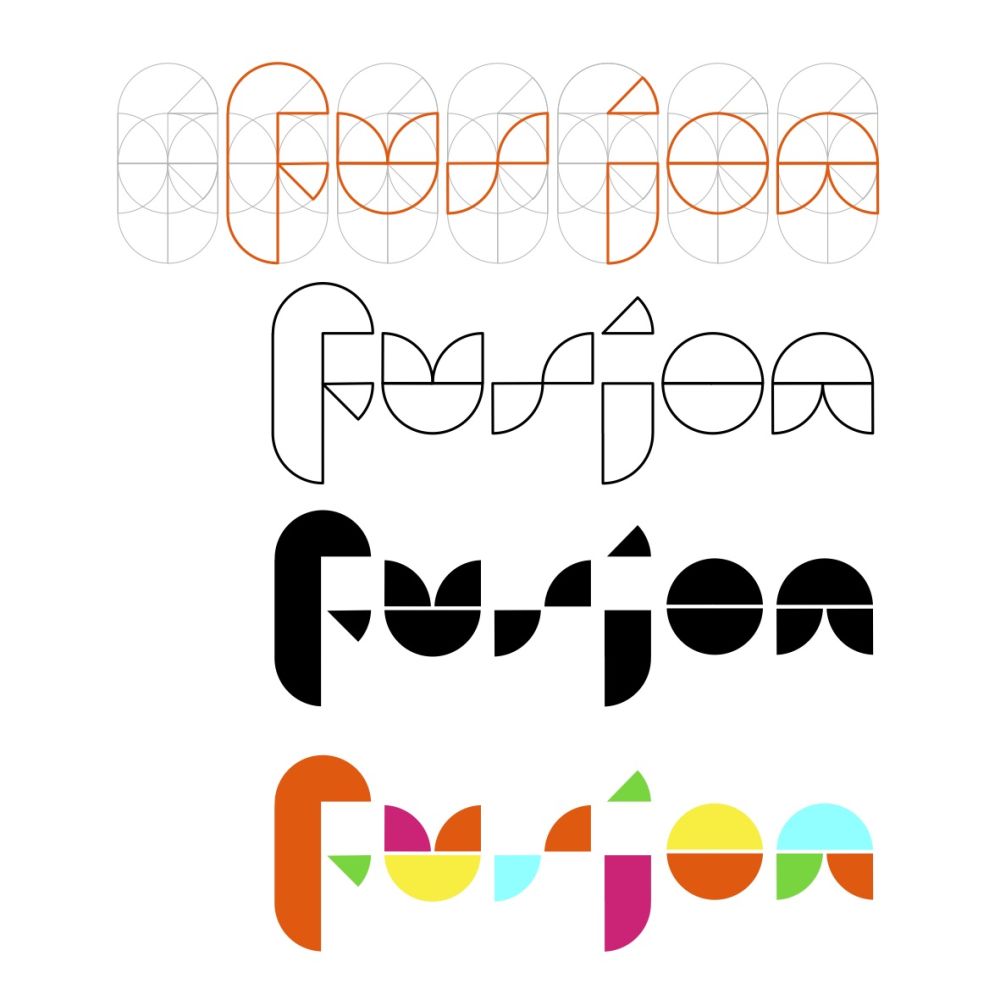
Enhancing your portfolio post-graduation
Many students who study with us, have studied at other universities across the world – Bryony is no different, attending our Digital Typographic Design course just after graduating from Arts University Bournemouth where she studied Illustration. Like most graduates, as her work developed post graduation she found new areas of interest and work-development opportunities. For Bryony typography had become a growing interest, and was a great skill to have in her portfolio.
Working as an illustrator Bryony explores "how light, colour and texture can enhance emotion and bring to life the stories we tell." With a keen interest in seeing her work used in books and for book cover designs, she's now "beginning to look for freelance work, as well as experience in the design industry", to enable some exploration as to how she can enhance her portfolio for those specific jobs.
We caught up with Bryony to talk about how her work has developed since studying with us, and how the course she attended has helped her as she launches her freelance career...
You joined us for Digital Typographic Design – how was it?
The course was really useful; there was a small group of us so it meant we had lots of opportunities to see and talk about each others work, and as well as asking questions about what we specifically wanted to gain from the course. The tutor also pointed us towards some great books and resources for furthering our learning later. It was a great introductory course for creating a foundation of various type skills without feeling too basic.
The variety of projects we got to do that meant we were learning something quite different each day. Seeing examples from successful designers inspired ideas as well as showing that it's not just about finding the most 'interesting' typeface, but about what you do with it. Yet the course was very much a practical one and allowed us to get stuck in and experiment in order to find out from ourselves and each other what works. I really enjoyed the modular type project which ventured into the design of typefaces. I'm actually using some of the skills from this at the moment for a project that I'm working on.
What made you choose this short course?
I have just graduated from BA (Hons) Illustration this year, and in looking for work I have been drawn towards more design based jobs. I found areas that I'm interested in, such as typography and layout, where I feel I'm lacking the technical knowledge. I wanted to find a course that would teach me the foundations of type, so that when using type along with my images, I'm more grounded in choosing and combining typefaces. This course in looking at both macro and micro typography, had the added interest of playing with the abstraction of type and using type as image in itself; this was great for pushing our creativity further than just following 'rules' of type and allowed us to put our own design skills to use.
You created some great work whilst on the course, tell us about your sources of inspiration for these pieces?
The tutor provided some great sources of inspiration from successful graphic designers, but much of the inspiration came from the restrictions of each project. Being limited to just using text in order to express an idea made you look a bit closer, find a particular aspect within the form of the letters and then exaggerate or abstract it to communicate the message. Sometimes starting from the simplest of ideas can produce the clearest message.
As part of the course you created a varied set of typographic designs predominately in poster form...
I'm really interested in the publishing industry and book cover design. Working with type as the only imagery was really useful in learning what's possible and what interferes with the legibility of the text. The restriction of only using type to create eye catching design really pushed me out of my comfort zone as in illustrator, and so I produced something very different from my usual style which I'm sure will influence future projects. Typography has become such a key part of design lately, with designers pushing what they can do with the text itself or scrapping imagery altogether, so having the knowledge and confidence to push my typographer further will be invaluable.
Working freelance...
As a recent graduate, I'm still working on building up my portfolio to showcase the type of work I want to do. I'm slowly putting myself out there and make some contacts in the areas of design that I want to work in. What I'm really looking for at the moment is a place in the design industry, particularly in publishing, so that I can keep growing and developing my skills alongside other people with more experience.
Let's talk transferable skills – illustration vs typography?
I think that any creative topic contributes towards developing the same eye for a successful image. In our illustration degree we were often encouraged to avoid text in order to say as much as you could with just imagery; in this course we had to do the opposite. So stripping it back and being as clear and concise with a design as possible is definitely key. Both also rely heavily on good composition and leading the audience's eye round the page in order for them to read it the way you intended as well as catching their eye in the first place.
Whats up next for you?
I've been setting myself a few projects to develop the sort of skills and imagery I'd like to show more of in my portfolio. I recently did an environmental project to work on informational imagery as opposed to book illustrations (I used some of my micro-typography here). I'm now working on an advent calendar designed for social media to work more with typography. I was inspired by illuminated letters and ended up using modular typography to create my own font so that it would fit with the calligraphic style of traditional script yet make it more modern at the same time.
I'm also currently doing an internship at a packaging and proofing company in order to gain some experience in artworking and preparing for print; I'm hoping this will develop some of the more technical skills I might need to go into the design industry.
